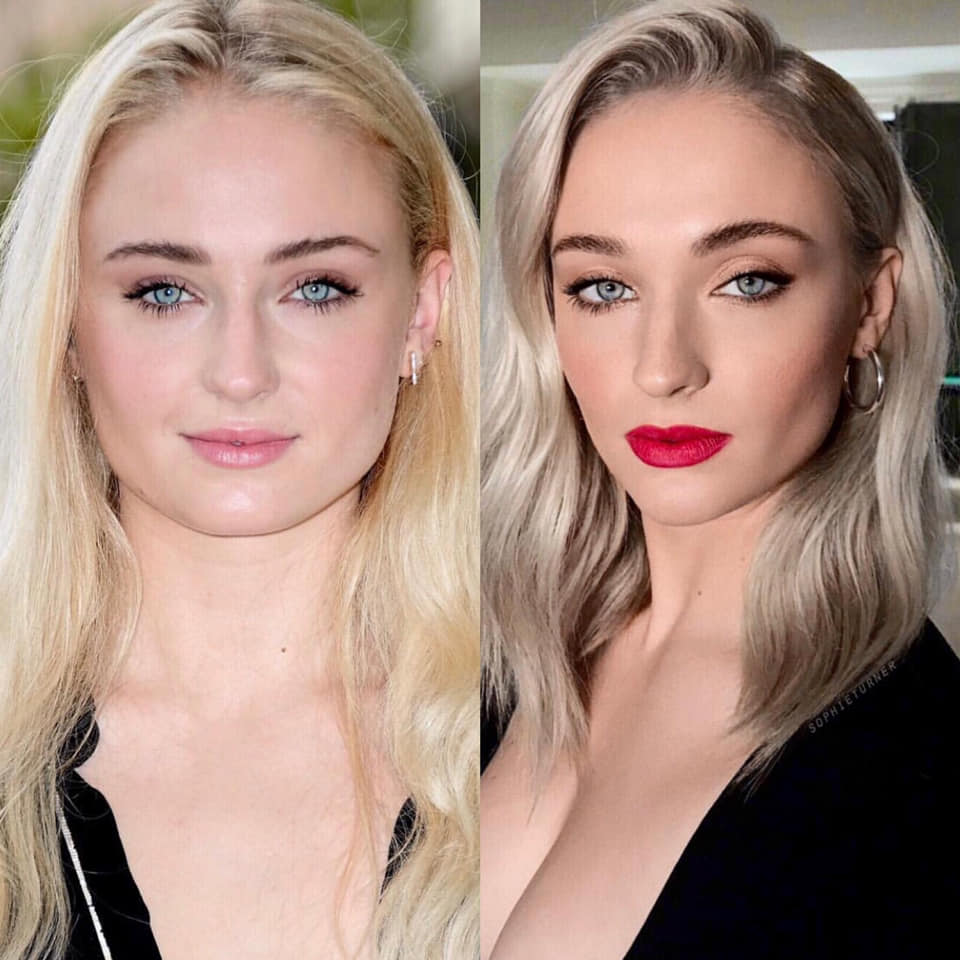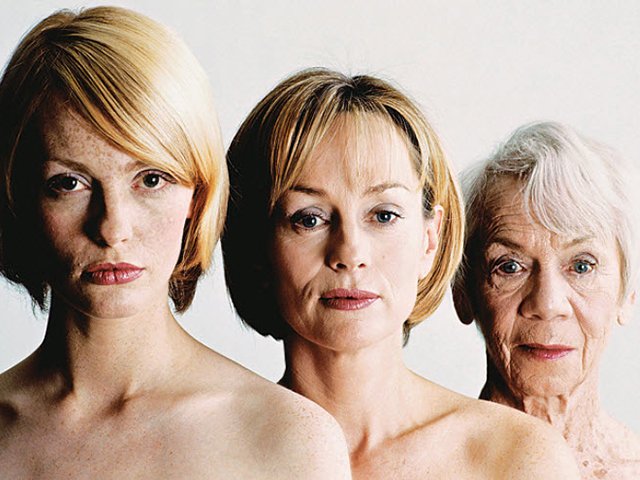As you age, your skin begins to look and feel different. Apart from that, the actual shape of your face also changes. Find out more about facial aging changes in your 20s, 30s and 40s and what you can do to keep your skin healthy and radiant-looking.
Facial Aging Begins in Your 20s
When you head from being a teenager into young adulthood, you start to lose baby fat. Though the changes are subtle, you start to look more like a woman and less like a girl. You may not believe it but facial aging starts at this phase.
This is the time when very early signs of so-called motor wrinkles – the creases and facial lines related to movement – first appear. Also, if you spend most of your time squinting in front of a computer screen, you may also start to see ‘crow’s feet’ or the tiny lines around the eyes.
Young women should also watch for melasma – a brown hyperpigmentation that appears on the forehead and cheeks, caused by a combination of hormones, sun exposure and pregnancy.
What to Do?
To maintain your youthful glow, avoid the sun if possible and always use sunscreen when you’re outside. How you look in your 40s and beyond will reflect on what you do in your 20s. Applying sunscreen is key.
Start using moisturizers on a regular basis. Dermatologists recommend using retinol-based skin care products.
Facial Aging in Your 30s
This is the decade when you’ll notice your skin is less radiant and appears ‘tired’. You will start to notice deep crow’s feet including past sun damage that may aggravate the appearance of small brown spots. Be prepared for the dreaded 11’s – the parallel lines that emerge between your brows.
Both the 11’s and the nasolabial lines around your mouth will appear during this decade.
What to Do?
Experts suggest to increase usage of retinol products to three to four times a week. Also, this is the time you have to use moisturizers and sunscreens. Chemical peels can eliminate minor imperfections and maintain that ‘youthful glow’. To add, this is the decade to go after those wrinkles with Wrinkle reduction and Dermal Fillers such as Juvederm and Restylane.
Keep in mind that the best way to make the most of the results and ensure safety is to look for a board-certified plastic surgeon or dermatologist.
Facial Aging in Your 40s
When you reach 40, the facial lines and wrinkles become deeper. Lines around your upper lip – called the purse string muscle – start to appear. Since this area is prominent, it is highly prone to sun damage. If you skipped sunscreen on this area, you will see the aging lines here first.
Be prepared to see more lines and creases on your forehead, eyes plus a more noticeable smile lines.
What to Do?
Consider Wrinkle reduction and Dermal Fillers at this point if you haven’t tried it on your 30s. You also have to use stronger moisturizers and a night cream. Experts believe that when you sleep, your skin undergoes a natural healing process so skincare products intended for night use are absorbed better and may provide better results.


